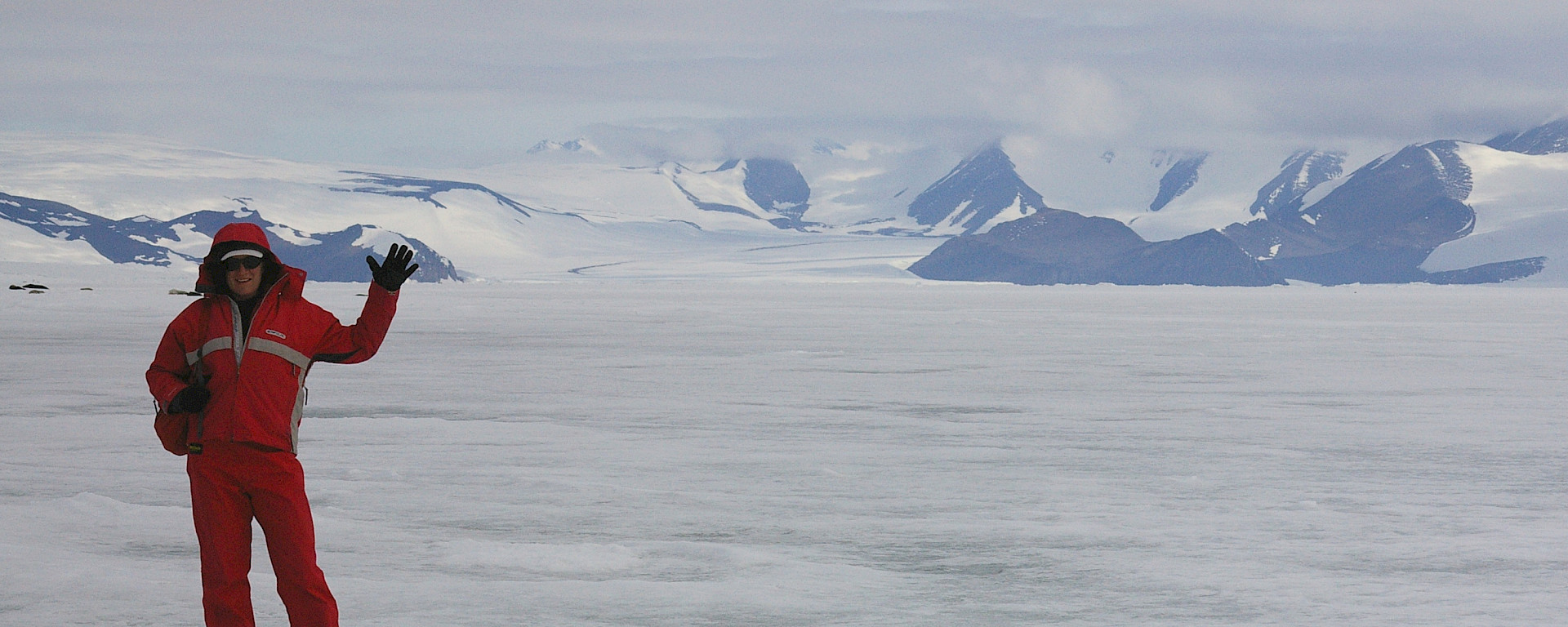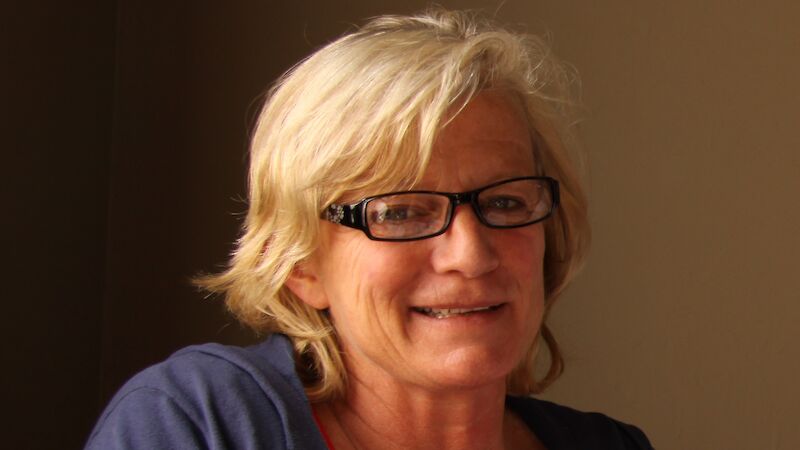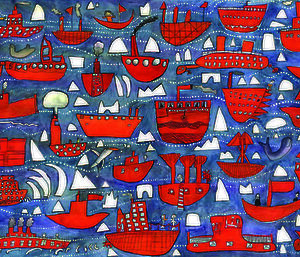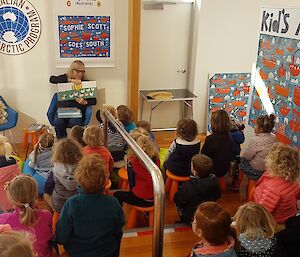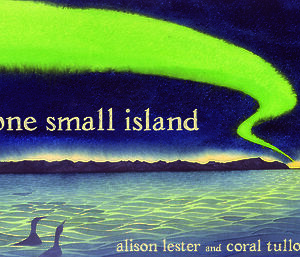“I travelled south on the Aurora Australis with an open mind as to what sort of book would result from the experience. I also went as the eyes and ears of children around Australia. Every night I emailed an account of my day to schools and families, encouraging children to draw my descriptions. Within a couple of days of leaving Hobart I was bombarded with emails from schools all over the world, asking questions or wanting to join the project. A friend set up a web page to cope with the increased mail, and the project was underway.”
Meet Alison Lester
Alison Lester is one of Australia's most beloved and bestselling authors and illustrators of children's books.
Her stories mix imaginary worlds with everyday life, encouraging children to believe in themselves and celebrate the differences that make them special.
She is involved in many community art projects and spends part of every year travelling to remote indigenous communities, using her books to help children and adults write and draw about their own lives.
In 2011 Alison Lester, along with Boori Prior, was appointed Australia’s first Children’s Laureate, a position they shared for two years.
She was also an ambassador for the 2012 National Year of Reading.
She is currently an ambassador for the Indigenous Literacy Foundation, the Melbourne Royal Children’s Hospital’s Education Institute, the Clean Ocean Foundation and Buk Bilong Pikinini.
Lester has written and illustrated almost 50 books in over 35 years, published in many countries and all of which are still in print today. Her books have received a number of awards and recognition, both in Australia and internationally.
Arts Fellowship project
When children’s author and illustrator, Alison Lester, travelled to Antarctica in 2005 as an Australian Antarctic Arts Fellow, thousands of children were inspired by her journey, using her online diary and photographic journal to track her adventure.
Every night Lester emailed an account of her day so that children could follow her trip from Tasmania on the icebreaker Aurora Australis, to Mawson and Casey stations on the Antarctic continent, and sub-Antarctic Macquarie Island.
Alison Lester said: “I told the kids about life on the Aurora; how it was bad luck to whistle, the fabulous meals, the signs everywhere, usually of people running, how things had to be secured to stop them flying around in bad weather and the strange noises the ship made. My studio was an old photo lab and the ship’s ballast system passed close to it. Working in this tiny, windowless space, as the water moaned and gurgled through the pipes, I felt as though I was in the belly of some prehistoric marine creature.”
“My perceptions were constantly challenged by the environment. As we steamed into Mawson in fierce winds, I realised that the waves breaking against the rocks were in fact frozen. What I assumed was mist around the Framnes Mountains was ice! And I thought the ice itself would be like snow, not the hard, blue stuff we skidded on.”
“I asked the children I was emailing to draw in response to my descriptions of Antarctica and thousands of drawings were waiting for me when I got home. I used these drawings to create images of Antarctica; the kids’ drawings and my design and colour. Sometimes a single image became a picture, other artworks were made from a collage of many children’s drawings. There were lots of pictures of the Aurora Australis, ranging from a tiny dingy with a tree growing in it to a futuristic aircraft carrier. I could see the picture I wanted to make immediately. On the bridge of the Aurora is a screen showing all her tracks in the Southern Ocean, and this concept became All the Tracks of the Aurora Australis."
Find Alison Lester’s work
The Kids Antarctic Art project resulted in an exhibition of 40 artworks. It was first exhibited at the Tasmanian Museum and Art Gallery in 2007 and since then has travelled to many galleries around Australia and overseas. Limited edition prints of the images on paper and canvas are for sale and the profits from these sales go to the Royal Children’s Hospital in Melbourne.
Lester’s journal entries became a children’s book, Sophie Scott Goes South. The book features Sophie Scott, whose dad is the captain of the Aurora Australis.
In 2013 Sophie Scott Goes South was listed as a White Raven book by the Internationale Jugendbibliothek in Munich.
It was also shortlisted for Picture Book of the Year, 2013 by the Children’s Book Council of Australia and as Best Designed Children’s Book by the Australian Publishing Association.
Lester has also written a book about Macquarie Island, with another Antarctic Arts Fellow Coral Tulloch. In 2012, the book was awarded the prestigious Eve Pownall Award for Information Books, by the Children’s Book Council of Australia. The book has also won the Wilderness Society’s Environment Award for Children’s Literature, and the Whitely certificate of commendation in the children’s book category from the Royal Zoological Society of New South Wales.
Find out more about Alison Lester’s work on her website.

